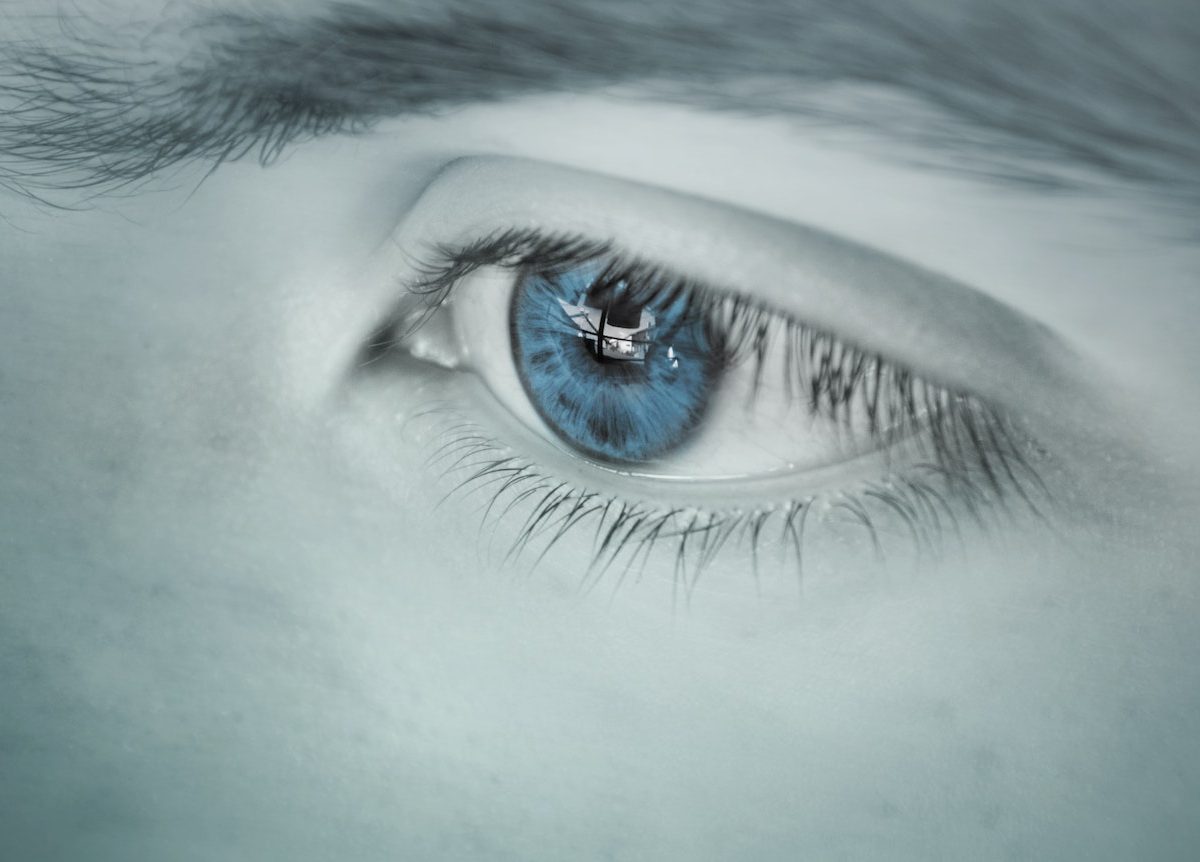Eye disease is one of the leading causes of blindness worldwide. In the United States, it’s responsible for more than $25 billion in health care costs each year. Fortunately, there are steps you can take to reduce your risk of developing eye disease. In this blog post, we will explore some of the most common forms of eye disease and how you can recognize them in pictures. We will also discuss some simple ways to prevent and treat these conditions.
The Different Types of Eye Disease
There are many different types of eye disease that you can see in pictures. Some of the more common ones include:
-Glaucoma
-Pterygium
-Macular degeneration
-Age-related macular dystrophy (AMD)
-Laser eye surgery
Read More: Sanpaku Eyes
What Causes Eye Disease?
There are a number of factors that can lead to eye disease. Some of the most common causes include age, genetics, and exposure to environmental toxins. Other causes can include problems with the eyes’ blood vessels, including varicose veins and heart disease.
Most cases of eye disease can be diagnosed using a doctor’s examination and some simple tests. If you think you may have eye disease, it is important to see a doctor as soon as possible for a proper diagnosis and treatment.
How to Tell if You Have an Eye Disease
If you are experiencing any changes in your vision, or if you notice that something is not right with your eyes, it is important to get evaluated by a doctor. There are many things that can cause eye diseases that cannot be seen with the naked eye, so it is important to see a doctor as soon as possible in order to determine the cause and start treatment.
Here are some common signs and symptoms of eye disease:
1. A change in your vision that does not go away
2. Eye pain associated with changes in your vision
3. Changes in the color or size of your eyes
What to do if You Suspect You Have an Eye Disease
If you have any concerns about your vision, or if you notice any changes in your vision, see your doctor as soon as possible. Many eye diseases can be diagnosed with a simple exam.
If you have a family history of certain eye diseases, be sure to ask your doctor to screen for them. Many eye diseases are inherited and may not show up until later in life. Early detection is key to successful treatment.
There are several things you can do to improve your vision if you think you may have an eye disease:
Get regular checkups with your doctor. A regular checkup allows your doctor to track the progress of any eye disease and recommend the best treatments.
A regular checkup allows your doctor to track the progress of any eye disease and recommend the best treatments. Get glasses if needed . If you have early signs of an advanced eye disease, such as redness or swelling in the eyes, getting glasses may help protect your vision. Glasses should be adjusted regularly so that they give you a comfortable fit and correct optical prescription. Contact lenses should only be used under close professional supervision.
If you have early signs of an advanced eye disease, such as redness or swelling in the eyes, getting glasses may help protect your vision. Glasses should be adjusted regularly so that they give you a comfortable fit and correct optical prescription. Contact lenses should only be used under close professional supervision. Avoid smoking.
Read More: Sanpaku Eyes
Prevention and Treatment of Eye Diseases
Ophthalmologic diseases are conditions that affect the eye. These medical conditions can be classified according to the type of disease, the area of the eye affected, or how it is diagnosed.
There are several types of ophthalmologic diseases: anterior uveitis (uveitis occurring in the front part of the eye), posterior uveitis (uveitis occurring in the back part of the eye), cataracts, glaucoma, and myopia (near-sightedness). Each type has a different cause and requires a different treatment plan.
Most ophthalmologic diseases can be treated with medication, surgery, or a combination of both. To prevent ophthalmological diseases from developing in the first place, it is important to maintain good eye health by talking to your doctor about your eyeglasses prescription and taking regular breaks from reading or working on a computer near an open window.
Conclusion
If you are like many people, you may be concerned about eye disease and the effects it can have on your vision. In this article, we will discuss some of the most common eye diseases that can be seen in pictures, and provide tips on how to identify them and address them early. By taking these steps, you can ensure that your vision remains healthy throughout your lifetime.



